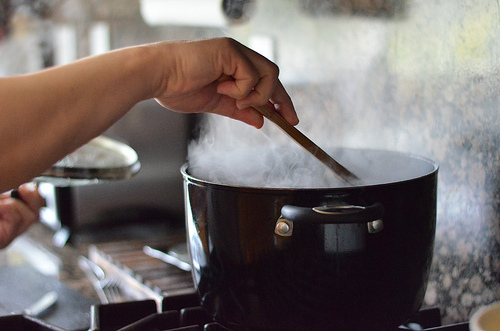
If you have diabetes, there's no need to cook separately from your family
After being diagnosed with this disease, the first thing that your doctor tells you is that you need to change your eating habits. But what does that mean? It certainly doesn’t mean that you need to buy special food and prepare a different meal for yourself. What your doctor means is that you need to start eating healthy. A diet based on fruits, vegetables, lean protein, grains and good quality fats should be part of your life but also of everybody else. So, don’t panic and look up for recipes that both you and your family can enjoy, taking into account your nutritional requirements.
- Important notification about information and brand names used in this slideshow!
- Photo courtesy of Nicole Abalde by Flickr : www.flickr.com/photos/nicoleabalde/7191104180/
- www.joslin.org/info/5-common-food-myths-for-people-with-diabetes.html
- http://www.livestrong.com/article/25388-list-diabetics-should-not-eat/
- http://www.diabeticlivingonline.com/food-to-eat/nutrition/foods-to-avoid-with-diabetes/
- http://www.diabetes.org/food-and-fitness/food/what-can-i-eat/
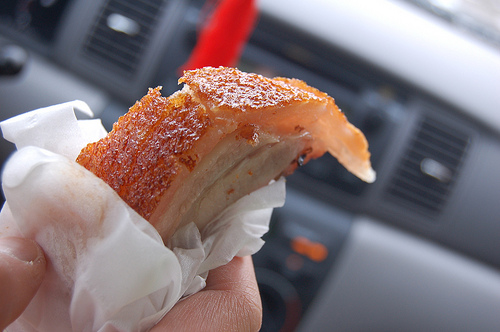
Fat does have an effect on blood glucose
For several years, carbohydrates had the leading role when talking about diabetes and increased blood glucose levels. But in 2012, scientists observed that fat also had an effect on glucose and insulin levels in patients with type 1 diabetes. Basically, not only carbohydrates, but also fats can increase the concentration of blood glucose. This doesn’t mean you should avoid eating them; you just need to know which type of fats you are able to eat. Unhealthy fats, such as saturated and trans fats should be taken out of your diet and replaced with monounsaturated fats, present in nuts, canola oil and avocado, for example.
- Important notification about information and brand names used in this slideshow!
- Photo courtesy of snowpea&bokchoi by Flickr : www.flickr.com/photos/bokchoi-snowpea/4344019799/
- www.diabetes.org/food-and-fitness/food/what-can-i-eat/fat-and-diabetes.html
- WOLPERT, H. A., ATAKOV-CASTILLO, A., SMITH, S. A. & STEIL, G. M. 2013. Dietary fat acutely increases glucose concentrations and insulin requirements in patients with type 1 diabetes: implications for carbohydrate-based bolus dose calculation and intensive diabetes management. Diabetes Care, 36, 810-6.
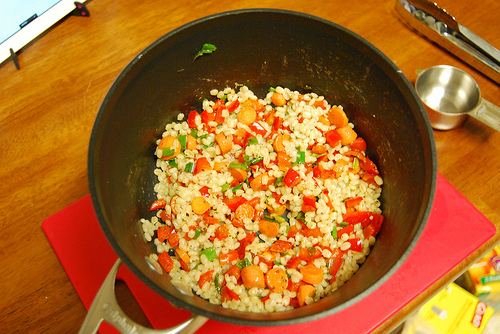
Follow a healthy eating plan to avoid food cravings
Drastic changes in the diet are not easy for anyone. Food cravings can betray us when trying to avoid certain foods, such as sweets. But for diabetic patients, it is very important to control these cravings. The best way to accomplish this is to have a personalized eating plan that introduces small changes in your eating habits, focusing on having several meals a day and as much variation in foods as possible, to make sure that the patient is getting all the nutrients he or she needs. If you are following an eating plan, but still can´t avoid food cravings, talk to your doctor and go through your plan together.
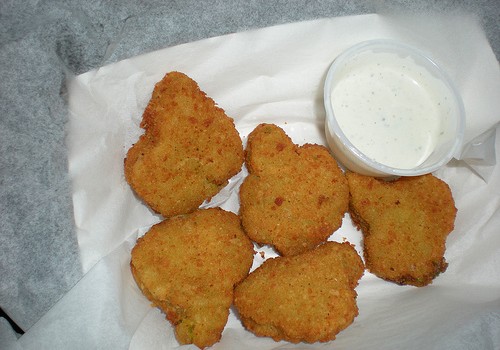
No fried foods
The reason behind this don’t is basically the high content of carbohydrates and unhealthy fats that fried foods contain. First of all, fried foods are rich in calories and make you gain weight. One fish and chips dish can contain as many as 1500 calories, which is more than half the calories you should consume per day. On the other hand, unhealthy fats promote the increase of blood cholesterol and put you in risk of heart disease and stroke. Also, just as carbohydrates, fats have been related to high blood glucose levels. So, instead of breading or frying your food, just steam, boil, grill or bake it. This will not just help you keep a healthy diet, but will also keep the natural flavor and nutrients of food.
- Important notification about information and brand names used in this slideshow!
- Photo courtesy of Stacey Huggins by Flickr : www.flickr.com/photos/staceyhuggins/5055061537/
- healthyeating.sfgate.com/average-calorie-intake-human-per-day-versus-recommendation-1867.html
- http://www.diabetes.org/living-with-diabetes/treatment-and-care/ask-the-expert/ask-the-dietitian/archives/are-fried-foods-totally-out.html
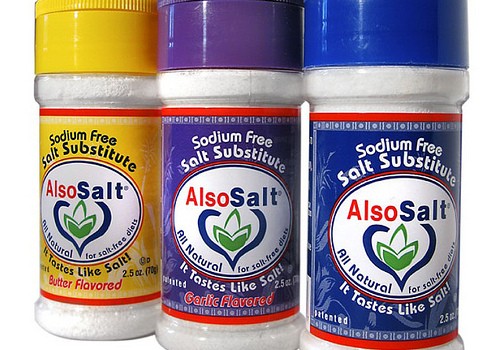
Cut back on your sodium intake
One of the complications of diabetes is risk of heart attack. By lowering your sodium intake you avoid high blood pressure and reduce the risk of having heart problems. Processed foods, such as frozen meals, cured and deli meats, cheese, canned foods and other prepared condiments, are high in sodium. So, if you want to lower down your sodium intake, try to replace all these foods for fresh, natural foods. When going to the supermarket, instead of buying a can of vegetables, by fresh ones and cook them at home. Also, prepare your own broths and always have fresh fruit at home. Reading labels to compare sodium content and limiting the use of salt when cooking are also good habits to prevent high blood pressure.
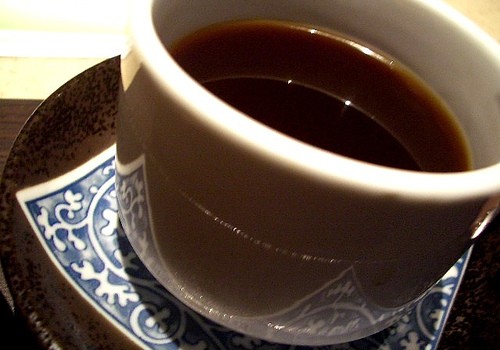
Avoid coffee drinks, shakes, regular soft drinks and fruit juice beverages
Who doesn’t like the sweetness of juices and the bubbling sensation of soda? These beverages are certainly tastier than plain water, but you have to be careful, because they are basically pure sugar. If you are not a diabetic, drinking soft drinks, juices and shakes can increase your risk of developing the disease; in diabetic patients, these beverages dramatically raise blood glucose levels. It can be hard, especially if you are used to drinking soda all the time, but try to drink water or sparkling water with lime, instead. Also, if you are going to drink coffee or tea, try not to do it regularly and avoid using sweeteners and cream or milk.
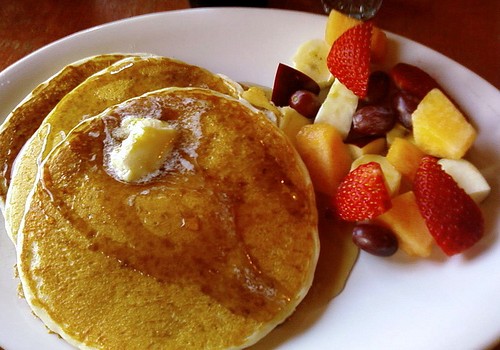
Your body needs carbohydrates, but in moderation
When we are told we need to follow a healthy diet, we always think we will have to cut out completely anything that contains carbohydrates, but we couldn’t be more wrong. Carbohydrates are also necessary for our cells to function, but is the quality of the carbohydrates that we eat what we have to be aware of. Starches, sugar and refined carbohydrates are not recommended if you have diabetes. These carbohydrates are mainly present in processed food, fast food, sweets, canned fruits, syrups, bread, juices and sodas. Instead of refined sugars, include foods high in fibre in your diet, such as fruits, vegetables, whole grains, nuts and beans and legumes. Also, it is helpful to keep track of the amount of carbohydrates that you eat daily.
- Important notification about information and brand names used in this slideshow!
- Photo courtesy of luxomedia by Flickr : www.flickr.com/photos/videolux/2833769686/
- www.diabetes.org/food-and-fitness/food/what-can-i-eat/carbohydrates.html#Fiber
- http://www.joslin.org/docs/Healthy_Holiday_Eating_handout.pdf
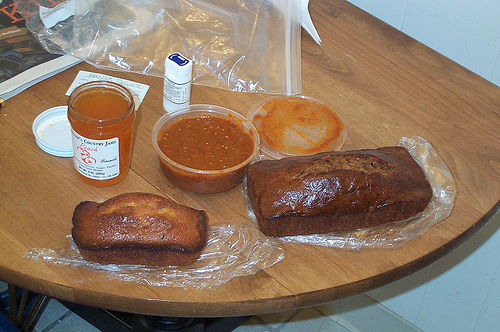
Purchased goodies
Food low in fats and sugar, especially designed for diabetics, is now available in almost any supermarket. This type of food certainly makes it easier for patients to deal with the transition from their pre-diabetes diet to a healthier life style. However, the fact that these foods are sugar-free doesn’t necessarily mean they are carbohydrate free, although some of them are. People often think that they can eat as many sugar –free goodies as they want, but you still have to be careful with this type of food and keep track of your calorie intake as if you were eating regular food.

Restaurant food
Having diabetes doesn’t mean being subjected to always eating boring, tasteless meals at home. You can enjoy a nice dinner with your family or friends by just keeping in mind which foods you should avoid or eat in small quantities, and which foods you can have freely. Look for a restaurant that serves healthy food and if necessary, ask the waiter for details about the dish you want to order. Also, be careful with the portion sizes, if you get a dish with twice as much meat as you know you should eat, eat half of it and take the leftovers home. Choose vegetables over greasy sides and limit your alcohol consumption.
- Important notification about information and brand names used in this slideshow!
- Photo courtesy of Tom Mascardo by Flickr : www.flickr.com/photos/mascardo/567449725/
- www.joslin.org/info/dining_out_with_diabetes.html
- http://www.diabetes.org.uk/MyLife-YoungAdults/Food-and-diet/Eating-out/
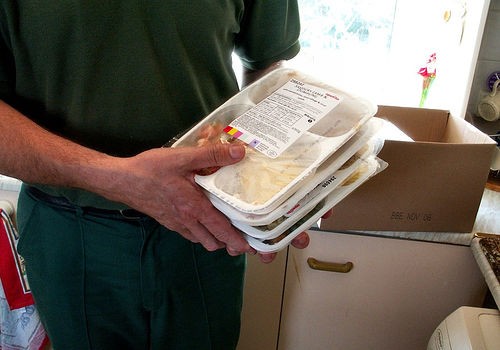
Frozen meals
If you keep track of your calories and fats intake, you can eat frozen meals from time to time, especially when you don’t have time to prepare your own food because of your job or other activities. Just be careful to properly follow your eating schedule and to check labels in frozen meals. The American Diabetes Association recommends you to choose frozen meals that contain 500 calories or less, 3 grams of fats or less and 600 mg of sodium or less, per serving. Also, make sure that the frozen meal you choose doesn’t overpass your daily carbohydrate intake limit. There are many options of healthy choices of frozen meals in the market, but remember to always prefer freshly cooked meals instead.









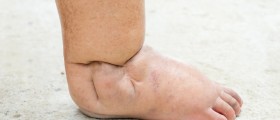







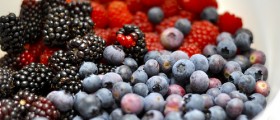
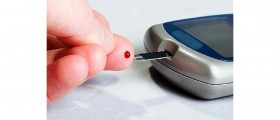



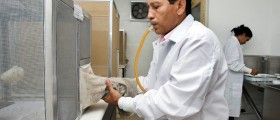
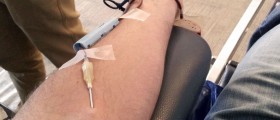



Your thoughts on this
Loading...